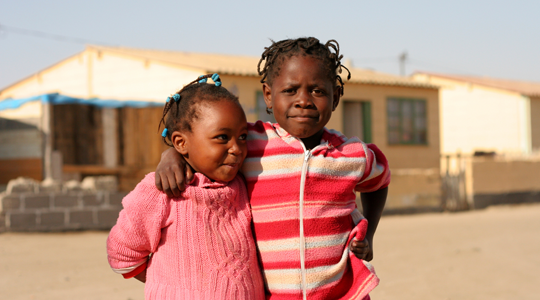
This is the last of three articles on the Lenten practices of prayer, fasting, and almsgiving.
Whenever I talk about the three pillars of Lent—prayer, fasting, and almsgiving—the conversation I have with young people about alms usually goes something like this:
“What are alms?” one youth will ask. “Are those the things we get on the Sunday before Easter?”
“No,” I’ll correct gently, “those are palms.”
“I know,” another will say, “it’s a book in the Bible!”
“That’s not right either; you’re thinking of Psalms.” I will then go on to explain: alms are things we do—such as giving money or things—to help people in need. Giving alms means that we perform an act of charity for others. “If we want to please God,” I’ll have to explain, “we help people in need.”
During Lent, we give alms to express our solidarity with those who are poor, and in so doing, we turn our heart toward Christ, who became poor for our sake.
Perhaps St. Katharine Drexel (1858–1955), whose feast day is on March 3, can explain the meaning of almsgiving better than I can. After all, she used her family’s fortune to help those who lived on the margins of society. Her father taught her that their wealth was not theirs; their wealth ultimately belonged to the poor.
There are two ways I can welcome St. Katharine into my classroom this Lent. First, I can share some details about her life’s work, such as setting up missions for Native Americans and founding schools, like Xavier University, that served African Americans. As a class, we will think about a charity that St. Katharine would want us to help, and we will dedicate an almsgiving box to serve that cause. We can decorate it with pictures and quotes from St. Katharine.
The second thing I can do is hand out a Lenten Family Calendar for the young people to take home. St. Katharine’s generosity was an extension of her prayer life; by doing the activities of this calendar, young people (and their families) will engage in both prayer and works of charity, thus following the example of St. Katharine. I will encourage them to do the activities found in that calendar; I might spend a little time each class to talk about what activities from the calendar they did during the week and talk about what those activities were like for them. Were they challenging? Did they learn something about themselves or others? Alternatively, I could use these Lenten Actions Cards, place the cards in a basket, and have each youth draw one. They will then have to do that activity of prayer or charity before we meet for our next session.
This Lent, I hope that the young people all develop a generous heart like St. Katharine Drexel, and that, like her, they become people for others.
See Also:
Praying with St. Patrick
Fasting with St. Vincent Ferrer
 Learn about Bob Burnham’s book Little Lessons from the Saints: 52 Simple and Surprising Ways to See the Saint in You.
Learn about Bob Burnham’s book Little Lessons from the Saints: 52 Simple and Surprising Ways to See the Saint in You.




What a nice surprise to see this aticle! I was about 10 years of age when I held St. Katherine’s hand as we walked to the convent. She came to St. Elizabeth’s school every year in Chicago, Illinois and I had the honor of walking her home one day. I have a plaque of her over my home desk; it ws 80 years ago and I shall never forget her.